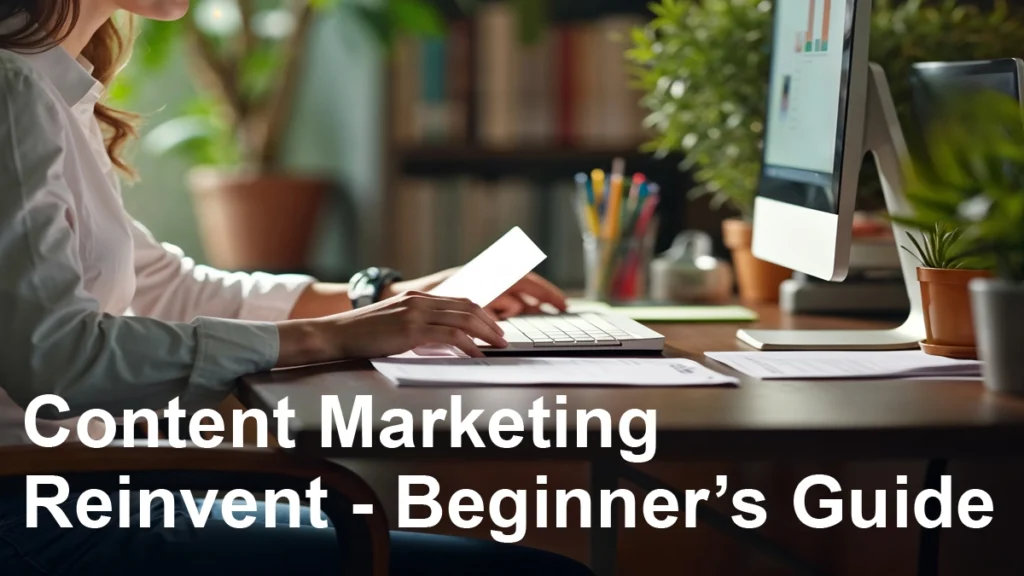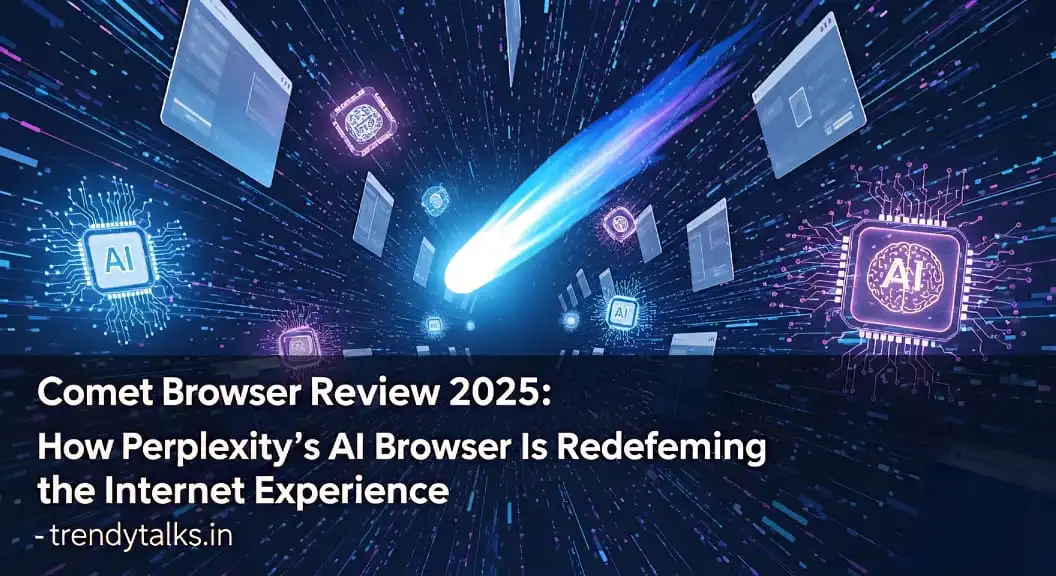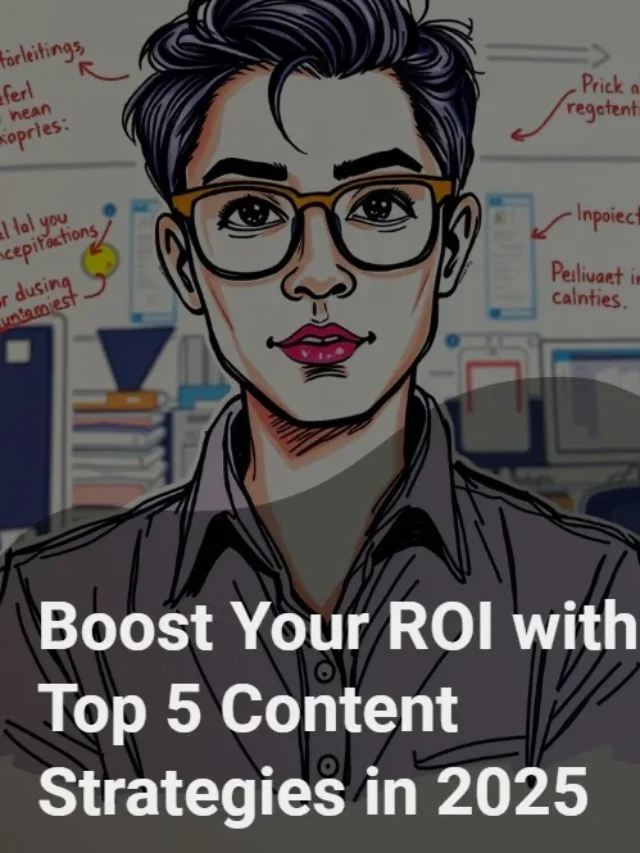
Credit – Freepik.com
“Content is the king” is not only a quote it’s a reality in today’s fast-growing digital world. Everyone needs well-refined, concise, valuable, and relevant content to enhance their knowledge. To fulfil this demand Content Marketing has emerged as a keystone strategy. Every business wants to build expressive relationships with its target audience to build a successful online presence. Content Marketing plays a crucial role. An in-depth understanding of the basics of content marketing is essential for all those who want to become a successful entrepreneur or marketers. Let's start…
What is Content Marketing?
Content marketing is a well-planned and comprehensive approach to Building an eco-system based on knowledge-rich and consistent result-driven content in various forms according to the specific need. Which attracts, spreads awareness, educates the target audience and finally gets lucrative results. It’s not about direct selling; instead, it’s about engaging with your audience by providing solutions to their problems and answering their questions.
Why is Content Marketing Important?
- Builds Trust and Authority: High-quality content establishes your brand as a reliable source of information.
- Improves SEO: Regularly updated, relevant content improves your website’s ranking on search engines.
- Generates Leads: Effective content marketing can turn casual readers into loyal customers.
- Cost-Effective: Compared to traditional marketing methods, content marketing often delivers higher ROI.
Key Components of Content Marketing
- Audience Understanding:
- Research your target audience using surveys, social media insights, and analytics tools.
- Include demographics, interests, and pain points to define perfect buyer persona
- Content Types:
- Blogs: Educational and evergreen posts like "How-To Guides" or "Top Tips."
- Videos: Tutorials, explainers, or behind-the-scenes footage.
- Infographics: Visual content that simplifies complex information.
- eBooks and Whitepapers: In-depth resources for lead generation.
- Social Media Posts: Quick, engaging content for brand awareness.
- Distribution Channels:
- Owned Media: Your website and blog.
- Earned Media: Shares, likes, and mentions from your audience.
- Paid Media: Ads and sponsored posts to amplify reach.
How to Develop a Result-Driven Content Marketing Strategy?
- Set Clear Goals
- Keep your focus on defining a specific relevant goal, which must be measurable, achievable, and time-bound.
- Example: “Improve conversion rate by 30% within three months through targeted social media content campaigns.”
- Plan Your Content
- Create an editorial calendar to organize your publishing schedule.
- Use SEO tools to identify high-value keywords (e.g., "content marketing basics," "how to start content marketing").
- Focus on Quality
- Create every piece of content that is valuable, relevant, and actionable.
- Use related visuals and well-structured content, including proper subtitles and bullet points, for better readability.
- Promote Your Content
- Share your content across social media, email newsletters, and relevant forums.
- Collaborate with local or global influencers and industry experts according to the need it will expand and enhance your reach.
- Measure and Refine
- Monitor metrics like website traffic, bounce rate, social shares, and conversions.
- To improve performance, make your strategy according to data insights.
Common Mistakes to Avoid
- Ignoring Analytics: Without data, you can’t refine your strategy.
- Over-Promotion: Content should educate and engage, not just sell.
- Inconsistent Posting: Irregular updates can result in losing audience interest.
Conclusion
Content marketing is not a sprint it’s a long-term result-driven strategy that needs patience and consistency. By understanding its basics, creating high-value content, and leveraging the right tools and channels, you can build lasting relationships with your audience while achieving your business goals.






